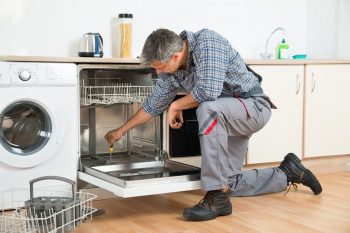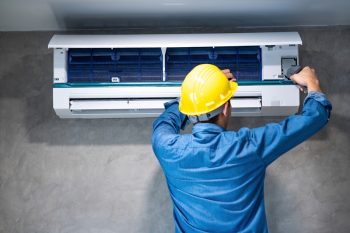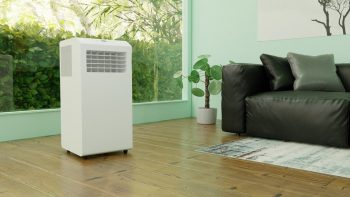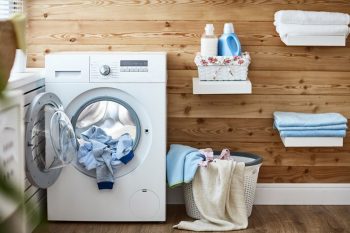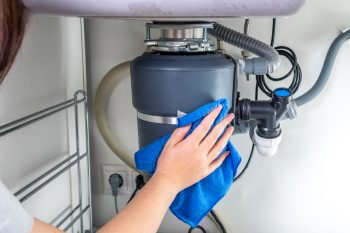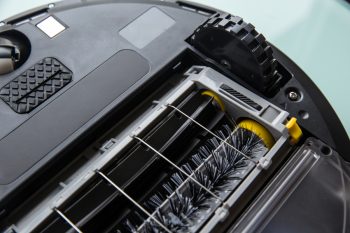
As the seasons change, homeowners often wonder when to turn off the AC and turn on the heat. The transition between cooling and heating is a crucial time for your HVAC system, and knowing when to make the switch can affect your comfort, energy consumption, and utility bills. However, the optimal time to switch from AC to heat depends on several factors, including outdoor temperatures, indoor comfort levels, and the type of HVAC system you have.
The optimal time to switch from AC to heat is when the outdoor temperature consistently drops below your desired indoor temperature. For many, this occurs when the outside temperature drops below 60°F consistently. However, it’s also important to consider the type and age of your HVAC system, energy efficiency, and indoor humidity levels. Always consult with a professional if you’re unsure.
Monitoring Indoor and Outdoor Temperatures
The first indicator for when to switch from AC to heat is the outdoor temperature. If the outdoor temperature is consistently cooler than your desired indoor temperature, it might be time to switch from AC to heat. For example, if the outside temperature drops below 60°F consistently, it’s usually a good time to start using your heating system.
HVAC System Considerations
The age and type of your HVAC system can also affect when you should switch from cooling to heating. Older HVAC units tend to be less efficient than newer models, and their efficiency decreases even more as they age due to wear and tear. The type of HVAC system you have can also play a role. For instance, hybrid heat systems, also known as dual fuel heat pumps, can automatically switch between the two depending on the season, temperature, and function needed to maximize efficiency.
Energy Efficiency Considerations
Energy efficiency is another critical factor when transitioning between air conditioning and heating. Newer, more efficient HVAC systems consume less energy and can save you money on utility bills. Regular maintenance and optimization of heating and cooling systems can help improve energy efficiency and prolong the lifespan of the equipment.
Humidity Levels and Comfort
Humidity levels inside your home can affect your comfort and the performance of your HVAC system. High humidity can make the air feel warmer, while low humidity can make it feel cooler. The ideal relative humidity level for a home is between 40% to 60%. Monitoring and maintaining appropriate humidity levels in your home can help you determine when to switch between your air conditioning and heating systems.
Common Mistakes and How to Avoid Them
Homeowners often make mistakes when transitioning from AC to heat, such as neglecting routine maintenance, installing the wrong size HVAC system, and incorrect thermostat settings. Regular maintenance, consulting with professionals to ensure the HVAC system is properly sized, and gradual adjustment of thermostat settings can help avoid these mistakes.
Conclusion
In summary, knowing when to turn off the AC and turn on the heat involves considering several factors, including outdoor and indoor temperatures, the type and age of your HVAC system, energy efficiency considerations, and humidity levels. By understanding these factors and avoiding common mistakes, you can ensure a comfortable indoor environment and efficient operation of your HVAC system all year round.
Remember, if you’re unsure about when to switch from AC to heat, it’s always best to consult with a professional. They can provide personalized advice based on your specific needs and circumstances.
Frequently Asked Questions
What is the ideal indoor temperature during the winter season?
The ideal indoor temperature during the winter season can differ based on personal comfort. However, the U.S. Department of Energy recommends setting your thermostat to 68°F while you’re awake and lowering it when you’re asleep or away from home to maximize energy efficiency.
How often should I have my HVAC system serviced?
Most HVAC professionals recommend having your system serviced at least once a year. A good rule of thumb is to have your air conditioning serviced in the spring before you start using it heavily and your heating system serviced in the fall before the cold weather sets in.
How can I reduce my energy consumption during the transition from AC to heat?
You can reduce your energy consumption by maintaining an efficient HVAC system, using a programmable thermostat, and sealing any air leaks in your home. Regular maintenance of your HVAC system can ensure it’s running efficiently, and a programmable thermostat can adjust the temperature when you’re not at home. Sealing air leaks around windows and doors can also prevent cold air from entering and warm air from escaping.
Is it bad to switch from AC to heat frequently?
It’s generally not harmful for the HVAC system to switch back and forth between heating and cooling. However, doing so frequently can lead to increased energy usage and higher utility bills. It’s best to make the switch when you’re confident that the outdoor temperatures will remain consistent.
What are the signs that I might need a new HVAC system?
Signs that you might need a new HVAC system include: your system is more than 10-15 years old, it requires frequent repairs, your energy bills are increasing, some rooms in your home are too hot or too cold, or your home has humidity problems. If you’re experiencing any of these issues, it might be time to consult with a professional.



